The architectural ashes of the LA fires
Amidst incalculable losses for so many Angelenos we consider the architectural gems lost in the wildfires
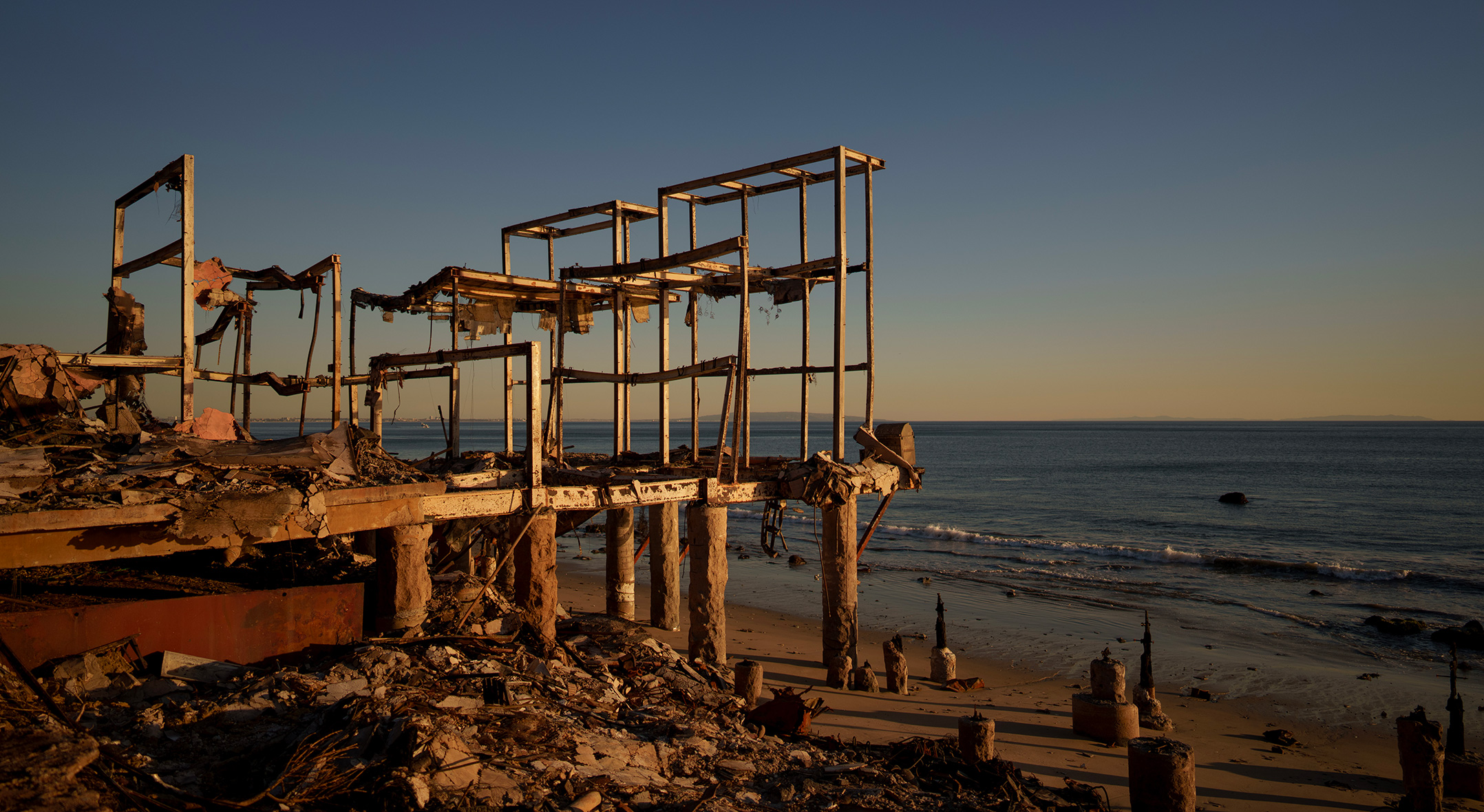
On January 7, a small brush fire was discovered in the mountains above the wealthy Los Angeles enclave of Pacific Palisades. With the help of historic Santa Ana winds and severe drought, within 90 minutes it had consumed 200 acres off Sunset Boulevard. Even for a city rich with architectural gems, the losses may be incalculable.
California, having recently bulked up its firefighting resources in the face of climate change, may have been one of the places best prepared to confront wildfire. Not a week later, however, multiple conflagrations have devoured more than 12,000 buildings, 40,000 acres and 24 lives, turning palm trees into welding torches, cascading through golf courses and zoos, senior centres and fitness centres, churches, synagogues and mosques, observatories and theatres. Fire spread east to the edge of Santa Monica and west to Malibu where even Moonshadows, a restaurant with its toes dug into the sand and surf of the Pacific Ocean, has gone up in flames.

The California Department of Forestry and Fire Protection has already contained several fires. Nonetheless, with winds expected to pick up to 70 mph through Wednesday, Palisades and Eaton, to the northeast, will become the worst fires in L.A. history, devouring haves and have-nots, Hollywood celebrity and Altadena everyman alike. As thousands labour to quench the flames, mournful word of mouth spreads news of the destruction of the city's rich architectural heritage--along with hopeful whispers about what may have been saved: the Eames' Case Study House No. 8, the Getty Center and Villa, Neutra houses in Studio City and Craig Ellwood’s Malibu Hunt House. Even the Hollywood sign, in spite of posts to the contrary, still stands.
The losses can't be tallied in dollars or acres. We honour them in the knowledge that L.A.'s peculiar struggle to balance ephemerality and immortality has always fuelled a diverse and doggedly dreamy creativity--and that that is a blaze no fire will ever be able to contain.
The Keeler House by Ray Kappe
A post shared by Ray Kappe (@raykappe)
A photo posted by on
In 1990, modernist architect Ray Kappe, who founded the Southern California Institute of Architecture (Sci-Arc) in 1972, remodelled this Palisades home for a jazz singer. The cantilevered, post-and-beam structure tucked into a wooded hill with views of canyon and coast. Kappe paired concrete walls and floors with redwood, teak, fir and glass block, integrating it into surrounding nature.
Robert Bridges House
A post shared by Andrew Rayas | Realtor | Los Angeles (@andrewsellsrealestate)
A photo posted by on
In 1974, this warm Brutalist house was designed by architect Robert Bridges for himself. He gave it a cantilevering glass and timber-sided construction that stood imposingly over Sunset Boulevard on thick concrete pillars. The house carried forward L.A.'s postwar modernist experiment with creating architecture for hilly terrain, which couldn't have been done before engineering methods had developed following WWII. L.A.'s modern architects rose to the challenge of designing for severely graded sites and applying new materials to facilitate their innovations. The Rustic Canyon house was a casualty of the Palisades fire.
Richard Neutra's Benedict and Nancy Freedman House
A post shared by Save Iconic Architecture (@saveiconicarchitecture)
A photo posted by on
Designed in 1949 by architect Richard Neutra for two novelists, this Palisades home became a paradigm of mid-century modern residential architecture. The house embodied Neutra’s blending of indoor and outdoor space, his human-centric design, and his creative use of modern materials. Over decades, as ownership changed hands, it was renovated by architect Peter Grueneisen.
Wallpaper* Newsletter
Receive our daily digest of inspiration, escapism and design stories from around the world direct to your inbox.
Rowen House by Josef van der Kar
A post shared by Mark H Mendez | Los Angeles Realtor (@markhmendez)
A photo posted by on
In the Rivas Canyon area of the Palisades, the Rowen house was designed by Van der Kar (and photographed by Julius Shulman of Case Study fame) in 1957. It combined light and large planes of glass, skylights and terrazzo flooring in bold, slender, low-slung lines. Open interiors extended outward through floor-to-ceiling windows and doors with the kitchen situated at the heart of the home.
Gregory Ain’s Park Planned Homes
A post shared by Save Iconic Architecture (@saveiconicarchitecture)
A photo posted by on
A victim of the Eaton Fire, this series of 28 homes was one of the earliest Modernist housing developments in the U.S. Designed in 1948 by Ain with landscape architect Garrett Eckbo, the project was part of a social housing experiment centered around cost-effective, prefabricated architecture for working people. Each home had interior courtyards and glass walls. Some, but not all, of the homes were lost to the Eaton fire.
Turner House by Martin Fenlon

Local architect Martin Fenlon completed this home for two teachers in Altadena in 2020. Working on a shoestring budget, he gave it canted walls, crisp angles and smooth curves, including a spiral stair. This deliberate geometry made it look like sculpture while allowing it to function in purposeful ways, reducing solar heat gain while suffusing the interiors with natural light--and demonstrating that sustainability and affordability aren't mutually exclusive.
Shonquis Moreno has served as an editor for Frame, Surface and Dwell magazines and, as a long-time freelancer, contributed to publications that include T The New York Times Style Magazine, Kinfolk, and American Craft. Following years living in New York City and Istanbul, she is currently based in the San Francisco Bay Area.
-
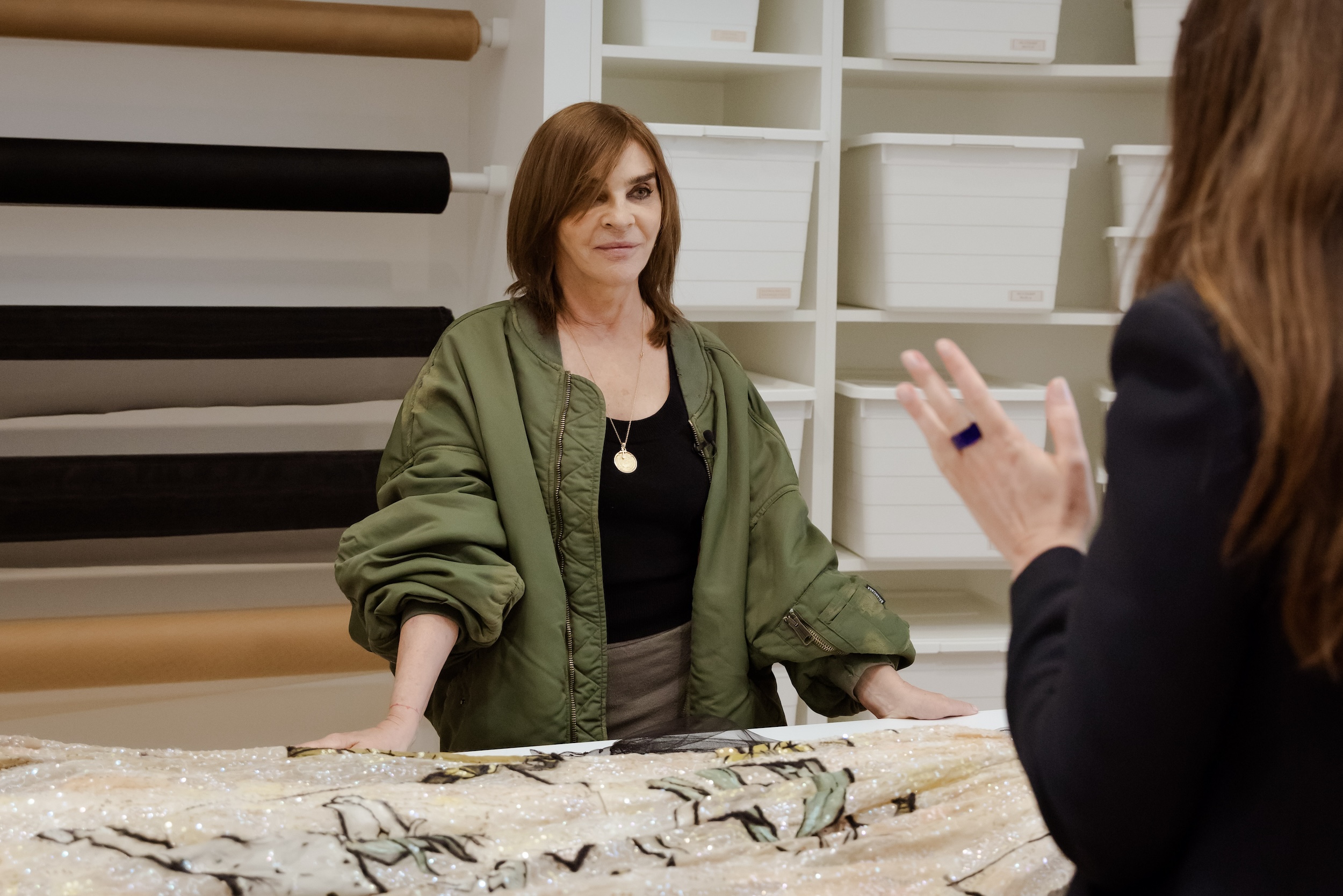 Carine Roitfeld on the magic of Dior
Carine Roitfeld on the magic of DiorThe legendary fashion editor has teamed up with photographer Brigitte Niedermair on a special look into the famed French house's archives as part of the UBS House of Craft in New York
-
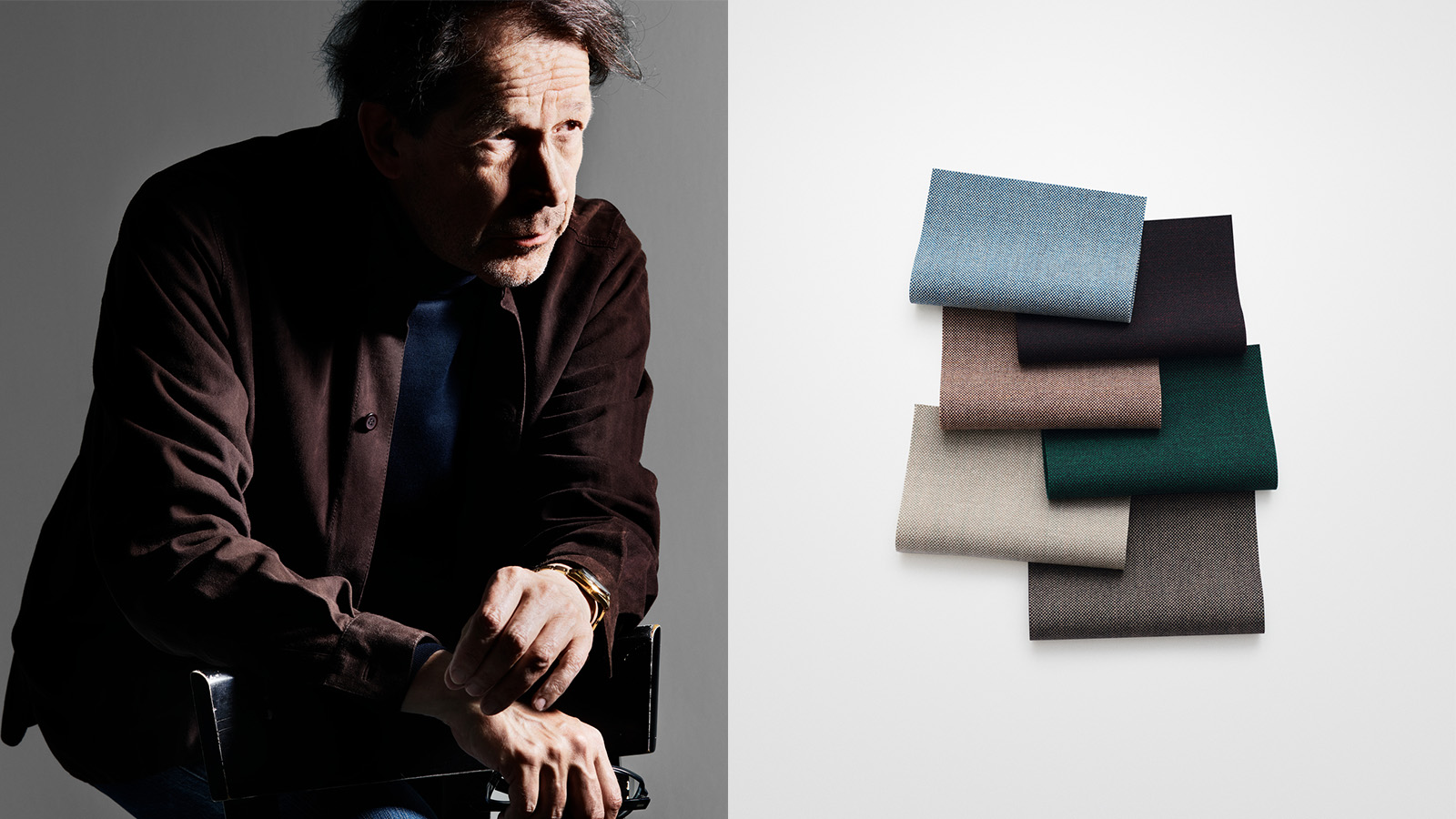 Kvadrat’s new ‘holy grail’ product by Peter Saville is inspired by spray-painted sheep
Kvadrat’s new ‘holy grail’ product by Peter Saville is inspired by spray-painted sheepThe new ‘Technicolour’ textile range celebrates Britain's craftsmanship, colourful sheep, and drizzly weather – and its designer would love it on a sofa
-
 MillerKnoll's new archive is a design lover's paradise
MillerKnoll's new archive is a design lover's paradiseThe furniture design powerhouse is opening its vaults to scholars and enthusiasts like. Take a peek inside
-
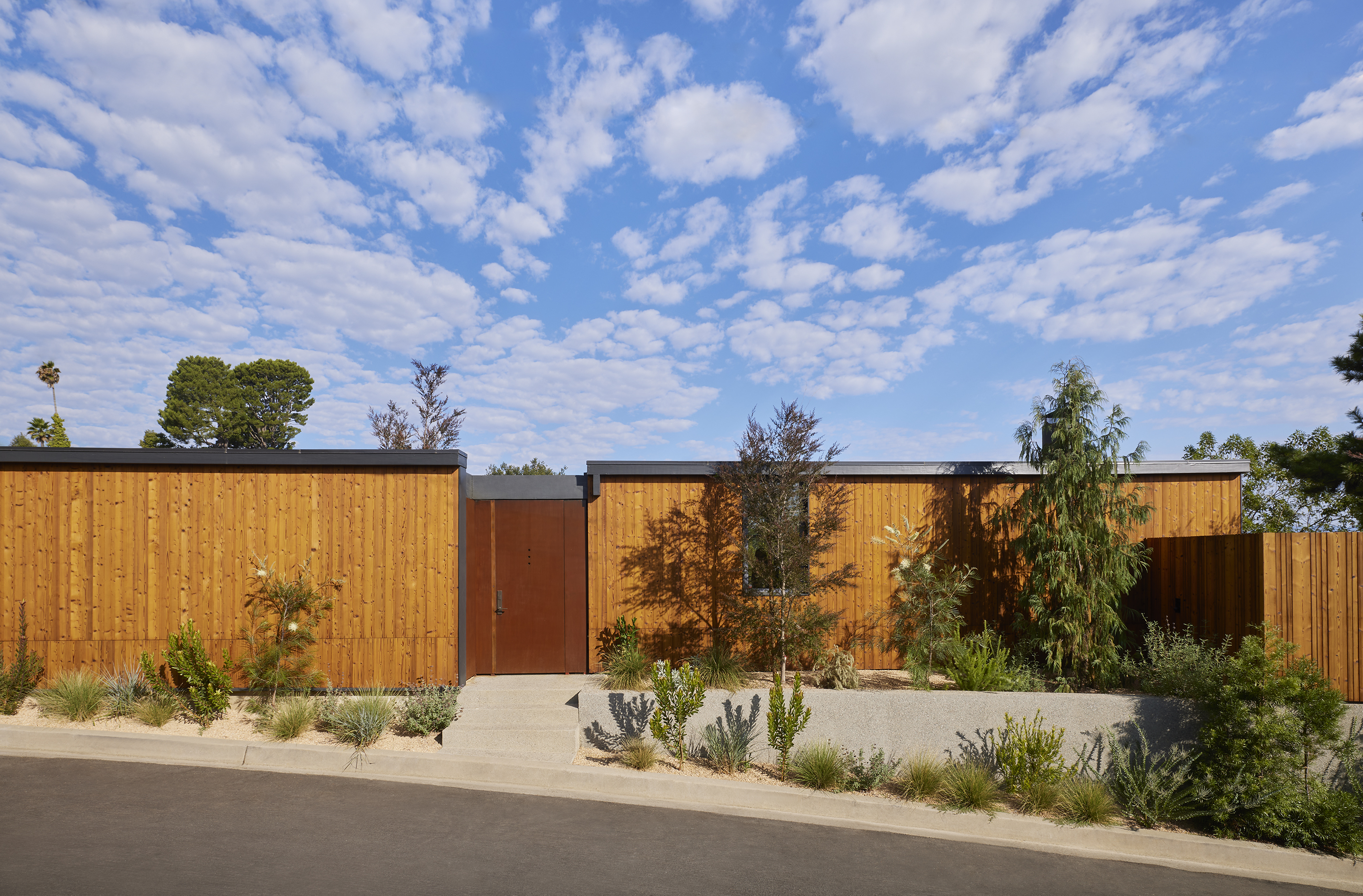 A Laurel Canyon house shows off its midcentury architecture bones
A Laurel Canyon house shows off its midcentury architecture bonesWe step inside a refreshed modernist Laurel Canyon house, the family home of Annie Ritz and Daniel Rabin of And And And Studio
-
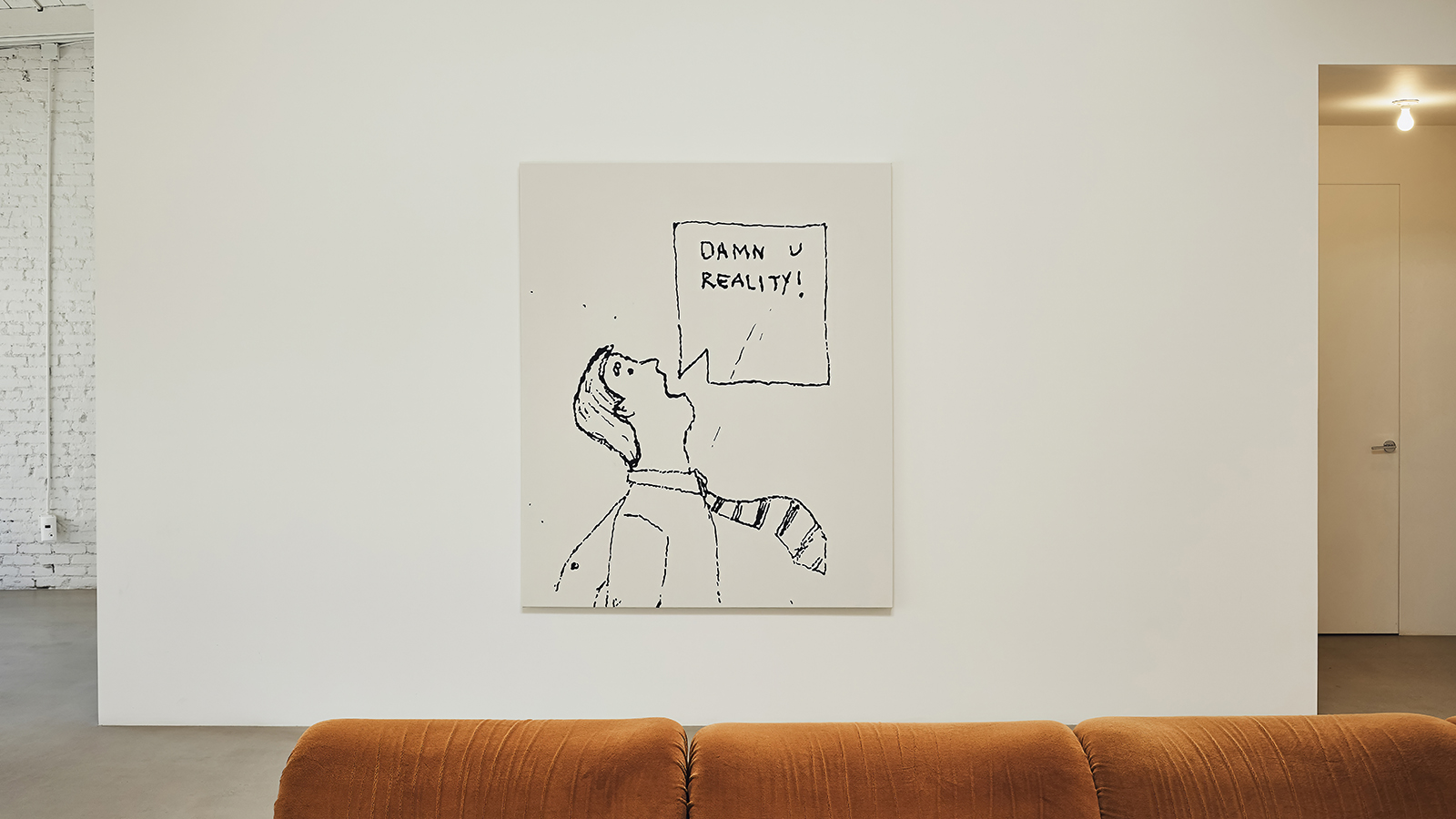 PlayLab opens its Los Angeles base, blending workspace, library and shop in a new interior
PlayLab opens its Los Angeles base, blending workspace, library and shop in a new interiorCreative studio PlayLab opens its Los Angeles workspace and reveals plans to also open its archive to the public for the first time, revealing a dedicated space full of pop treasures
-
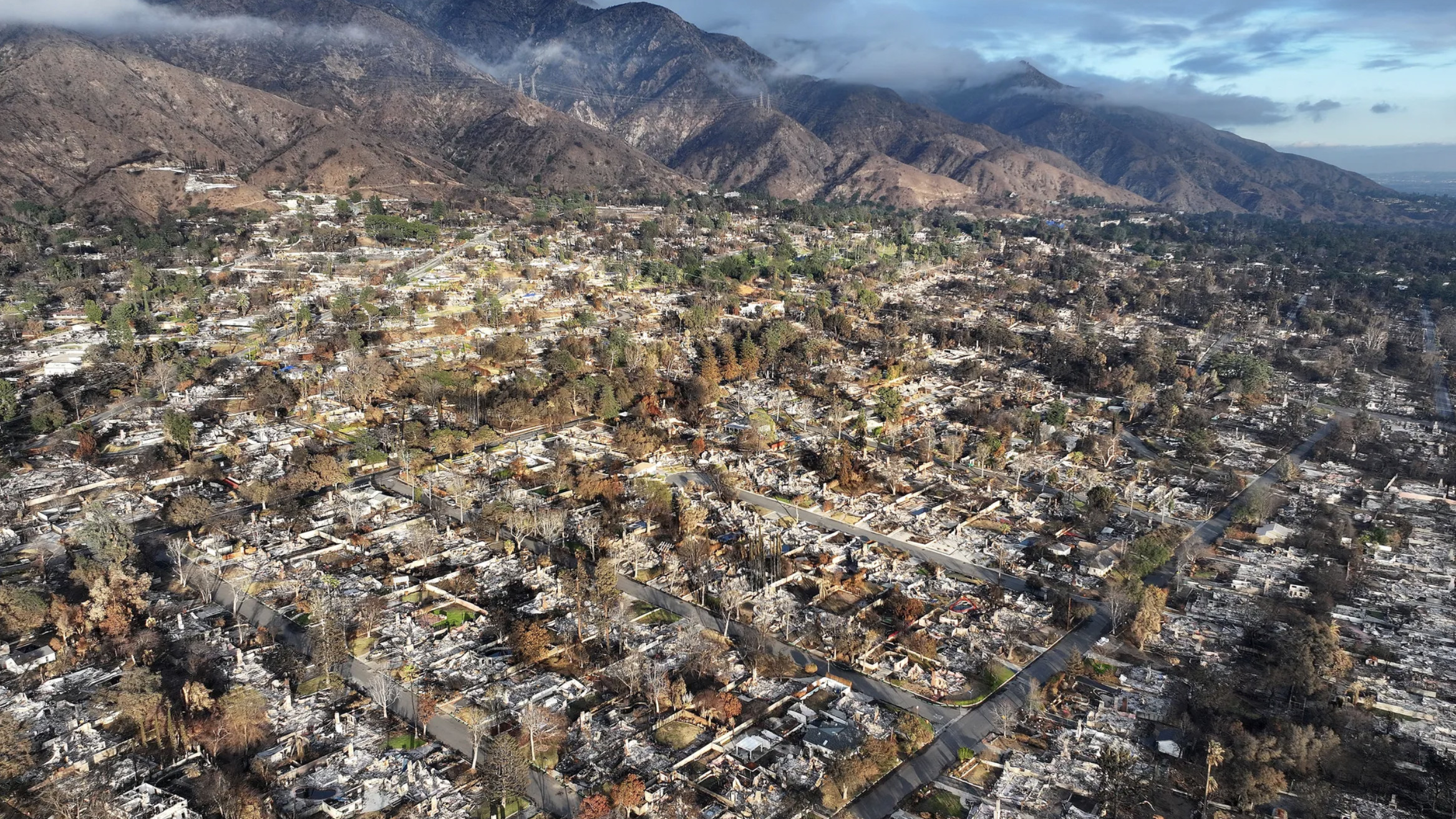 Los Angeles businesses regroup after the 2025 fires
Los Angeles businesses regroup after the 2025 firesIn the third instalment of our Rebuilding LA series, we zoom in on Los Angeles businesses and the architecture and social fabric around them within the impacted Los Angeles neighbourhoods
-
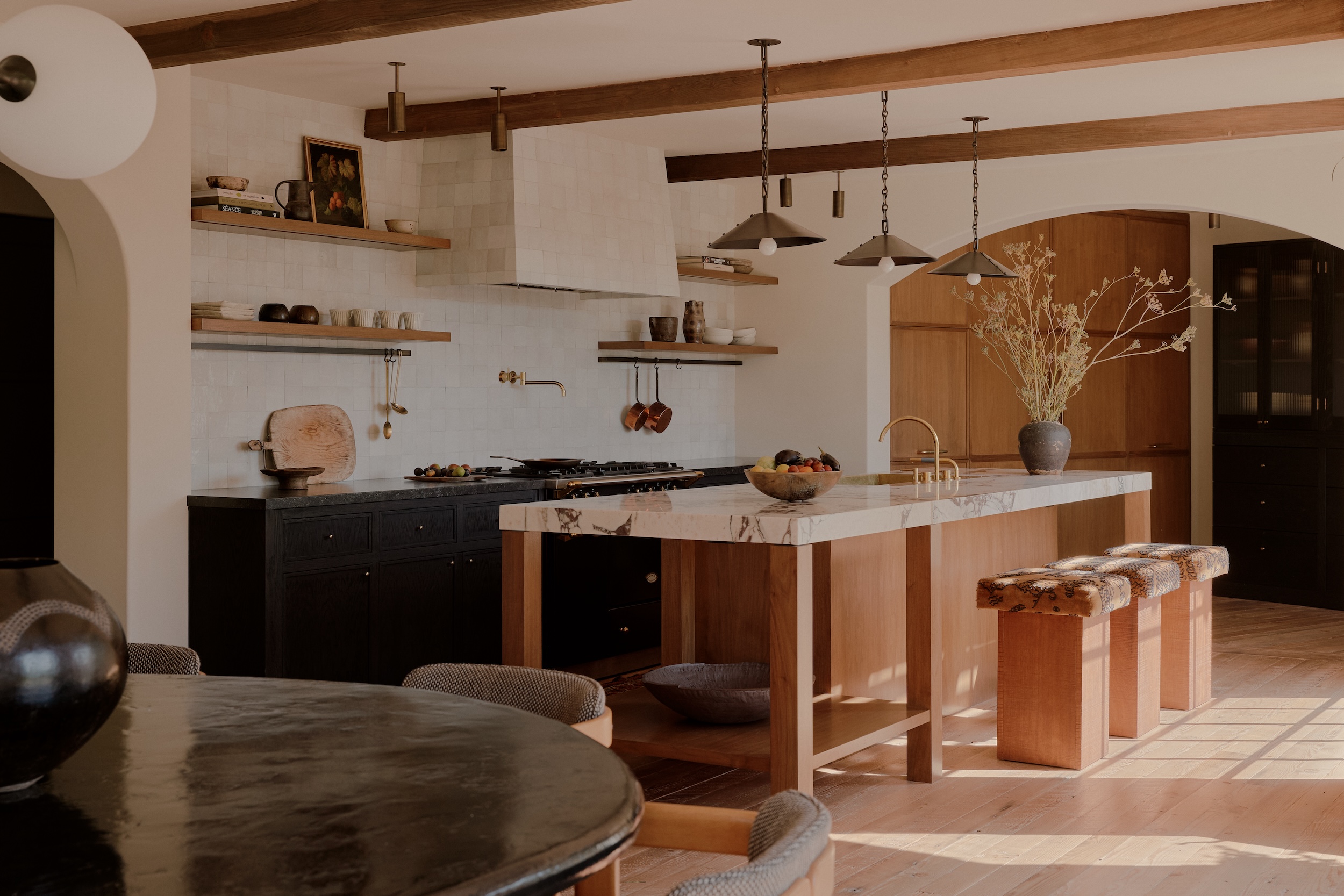 ‘Fall Guy’ director David Leitch takes us inside his breathtaking Los Angeles home
‘Fall Guy’ director David Leitch takes us inside his breathtaking Los Angeles homeFor movie power couple David Leitch and Kelly McCormick, interior designer Vanessa Alexander crafts a home with the ultimate Hollywood ending
-
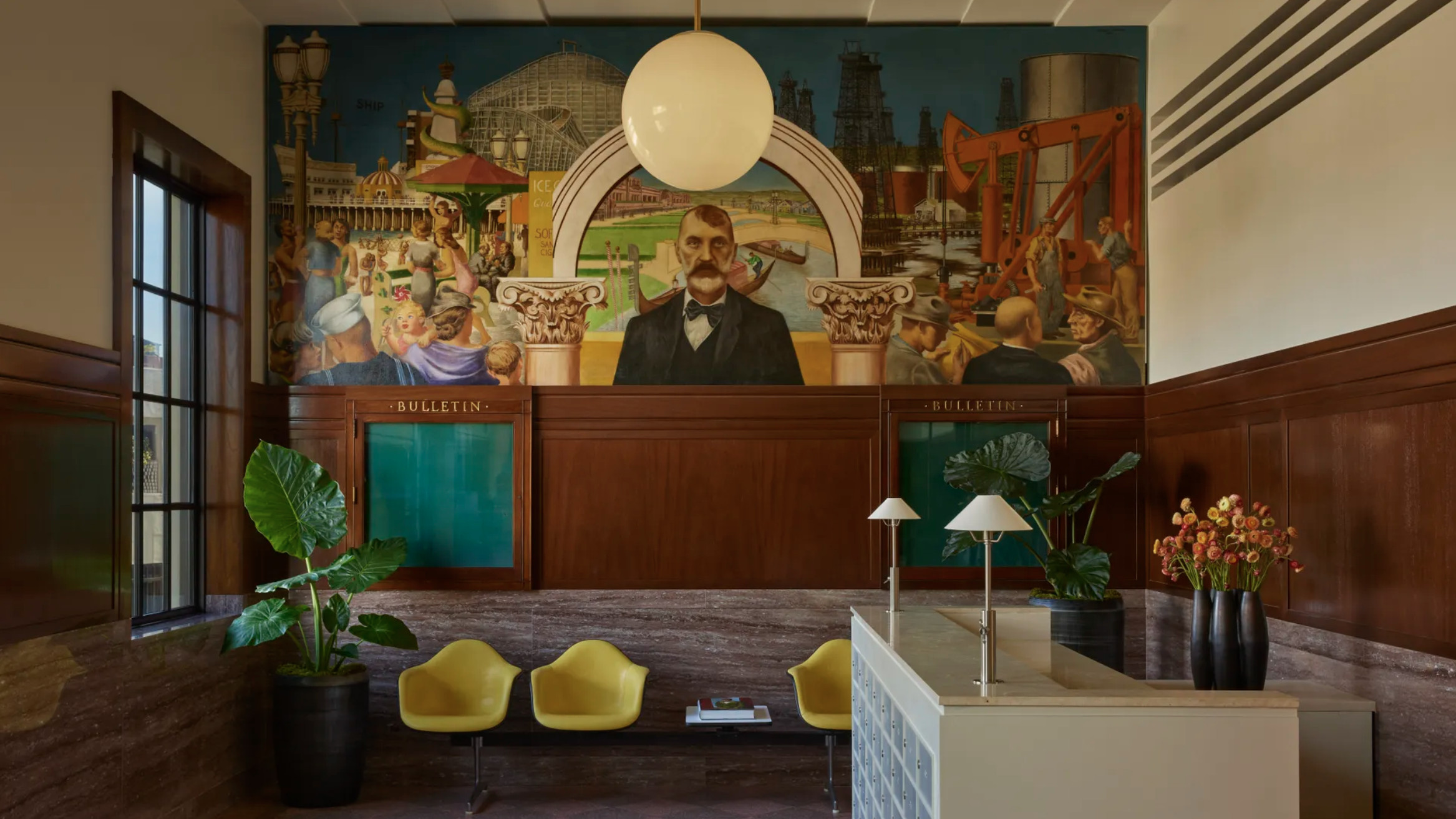 The Lighthouse draws on Bauhaus principles to create a new-era workspace campus
The Lighthouse draws on Bauhaus principles to create a new-era workspace campusThe Lighthouse, a Los Angeles office space by Warkentin Associates, brings together Bauhaus, brutalism and contemporary workspace design trends
-
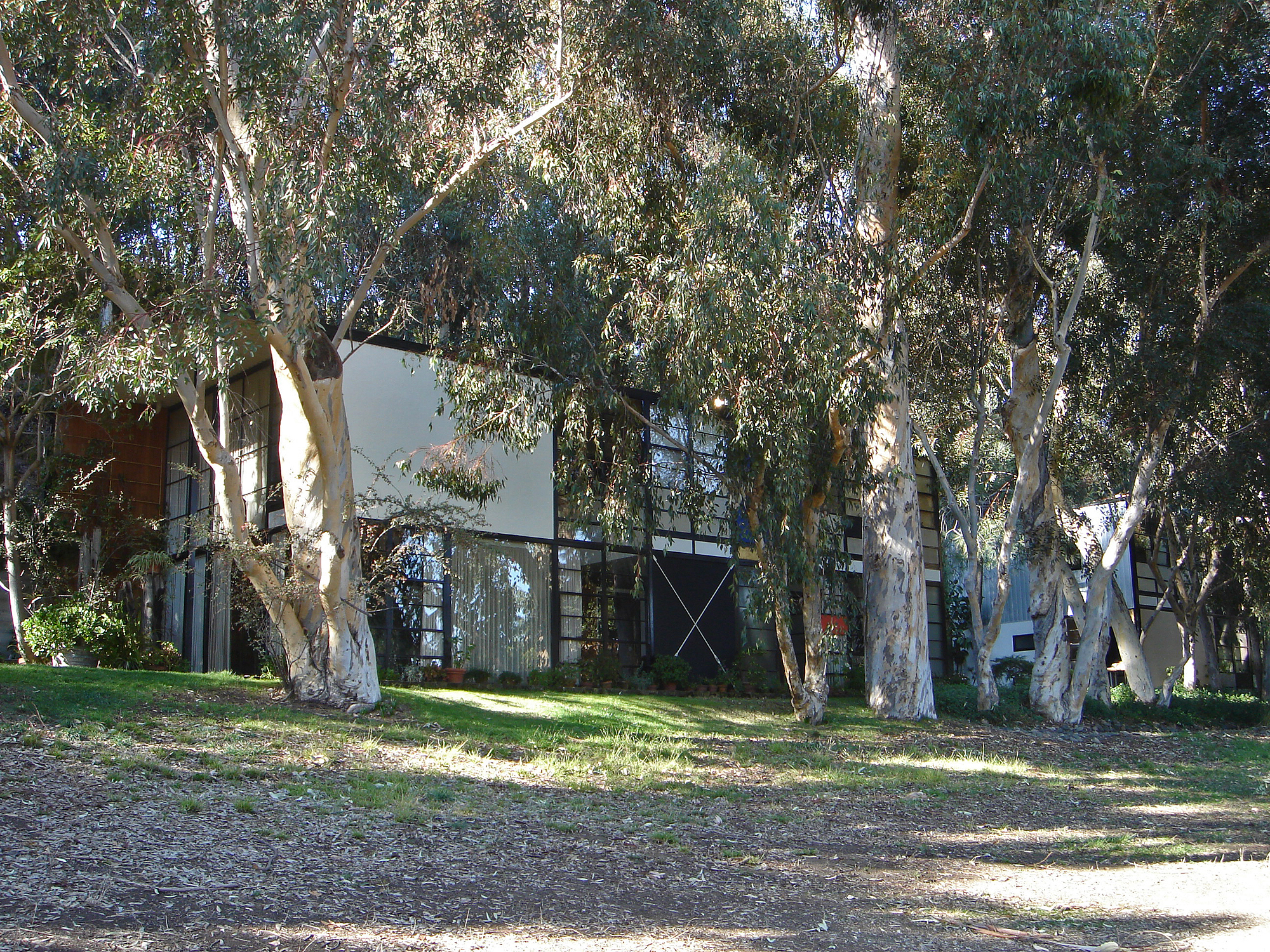 Heritage and conservation after the fires: what’s next for Los Angeles?
Heritage and conservation after the fires: what’s next for Los Angeles?In the second instalment of our 'Rebuilding LA' series, we explore a way forward for historical treasures under threat
-
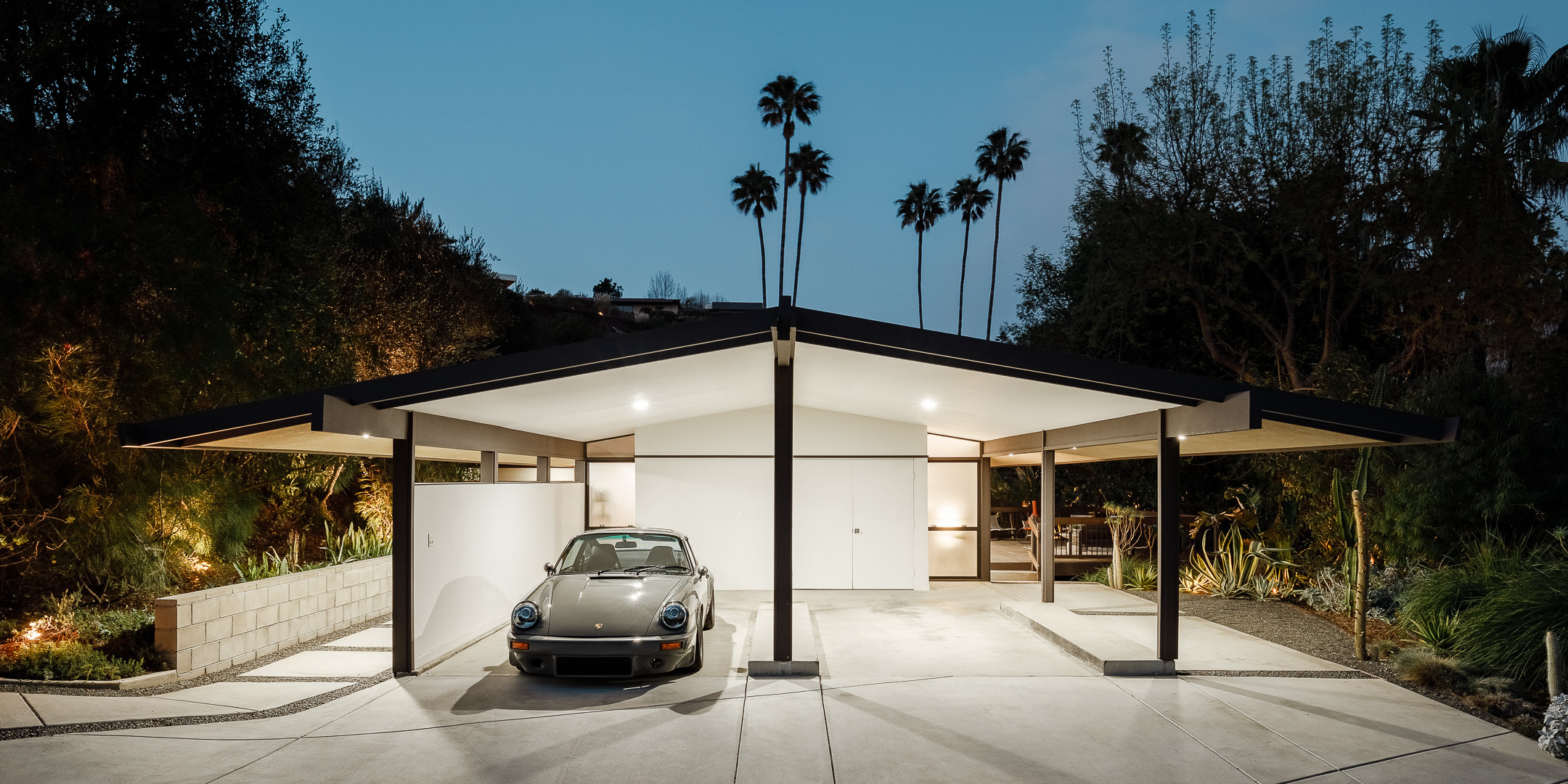 Buy a slice of California’s midcentury modern history with this 1955 Pasadena house
Buy a slice of California’s midcentury modern history with this 1955 Pasadena houseConrad Buff II Residence has been fully restored and updated for the 21st century
-
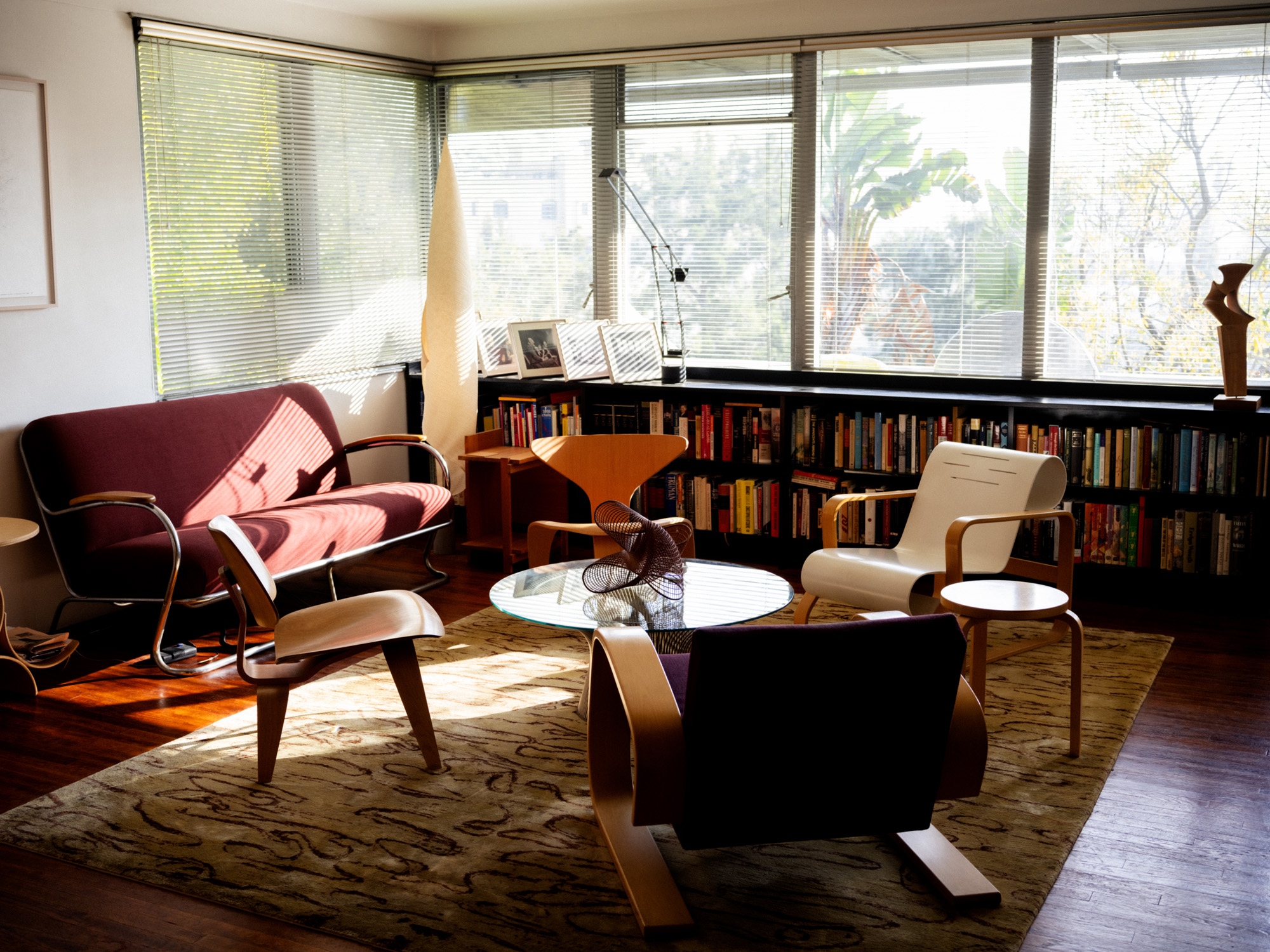 Step inside a writer's Richard Neutra-designed apartment in Los Angeles
Step inside a writer's Richard Neutra-designed apartment in Los AngelesMichael Webb, invites us into his LA home – a showcase of modernist living